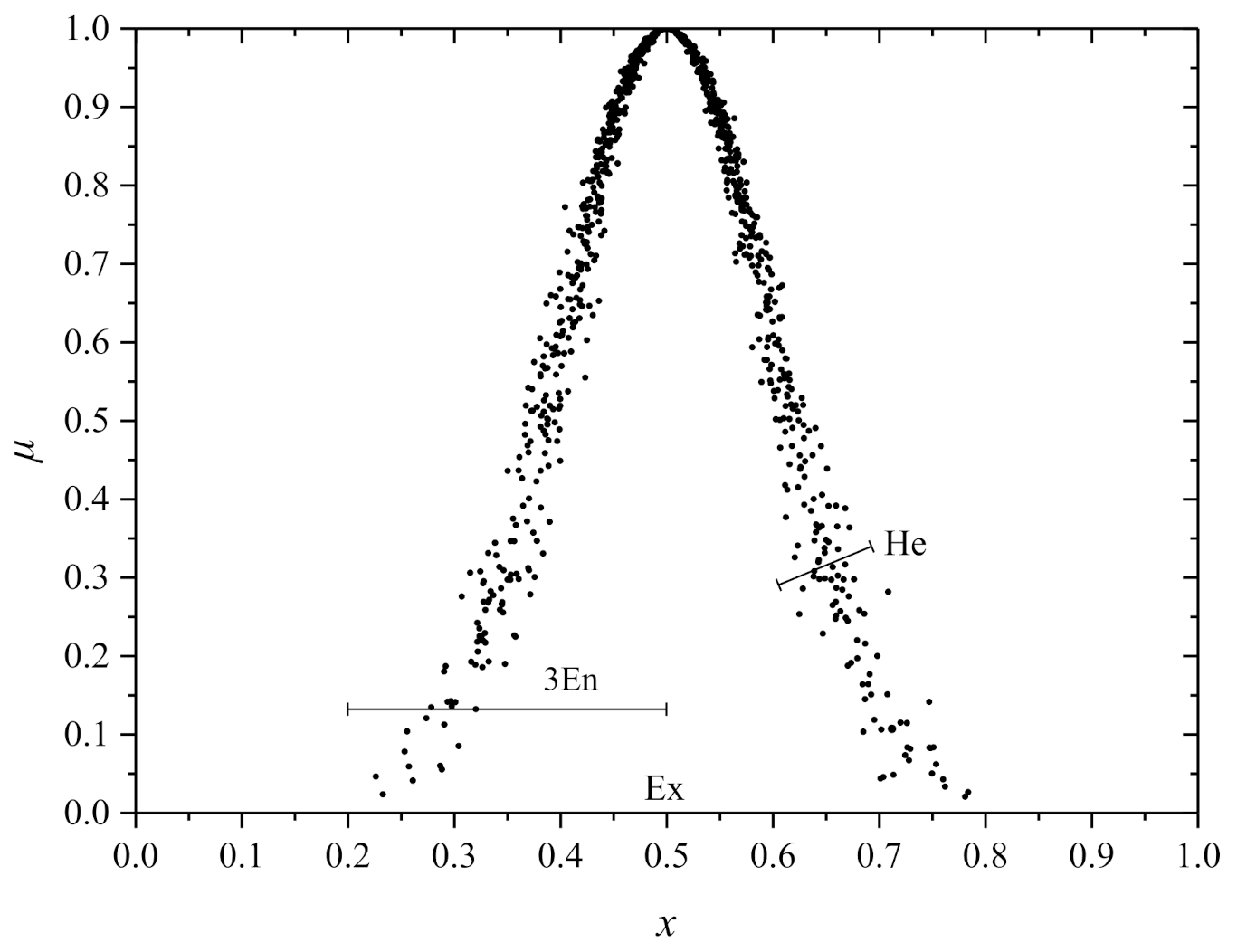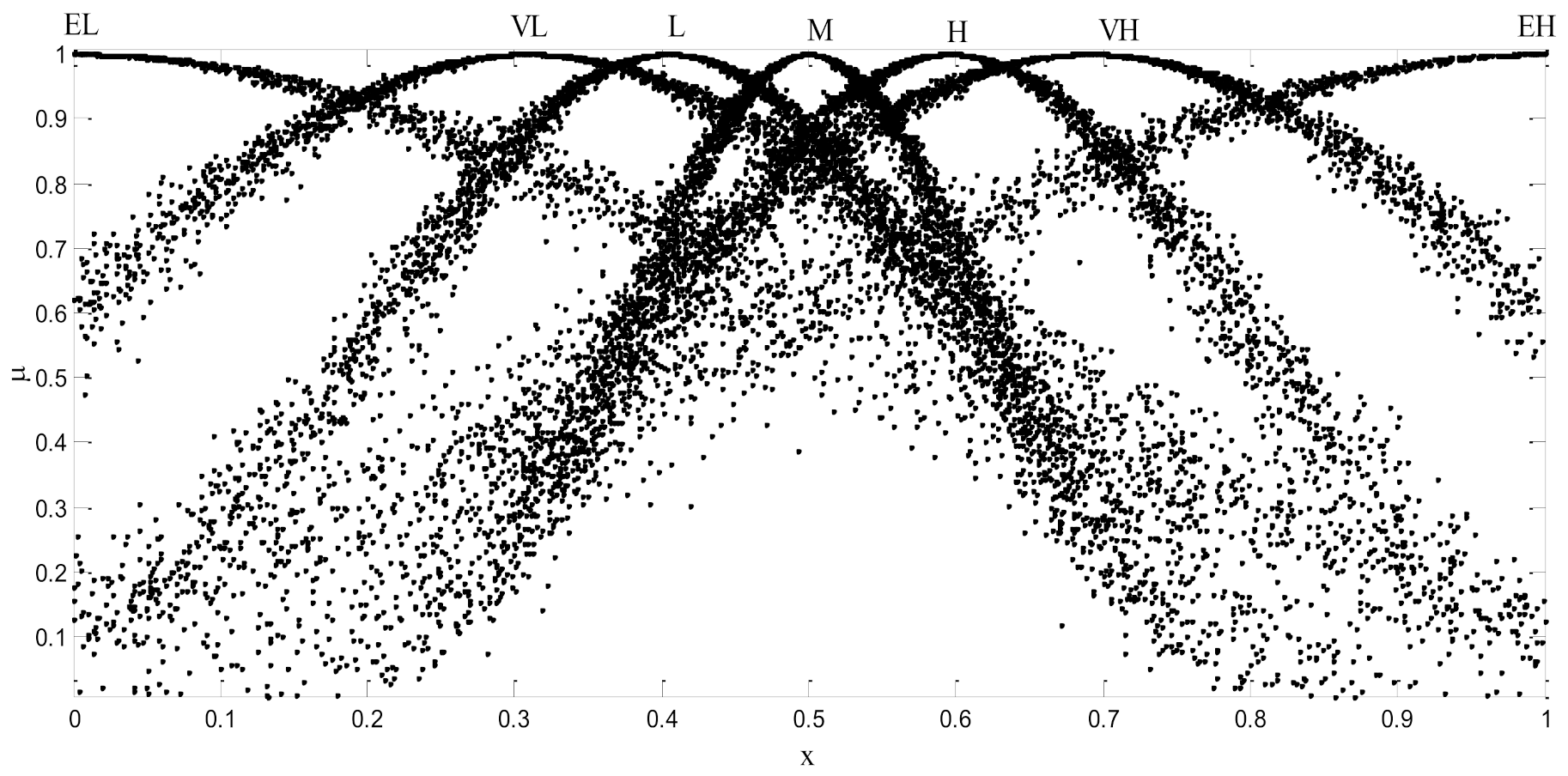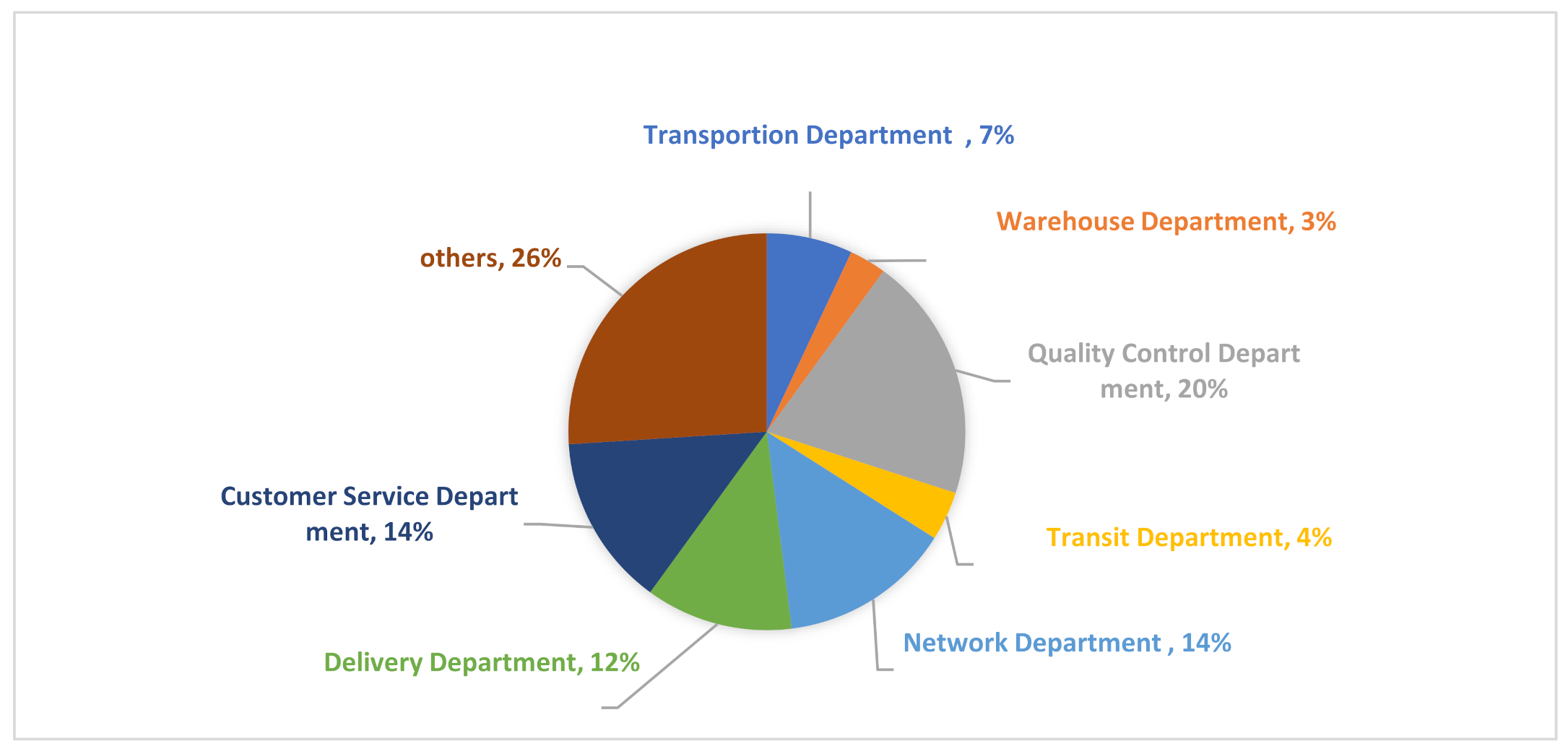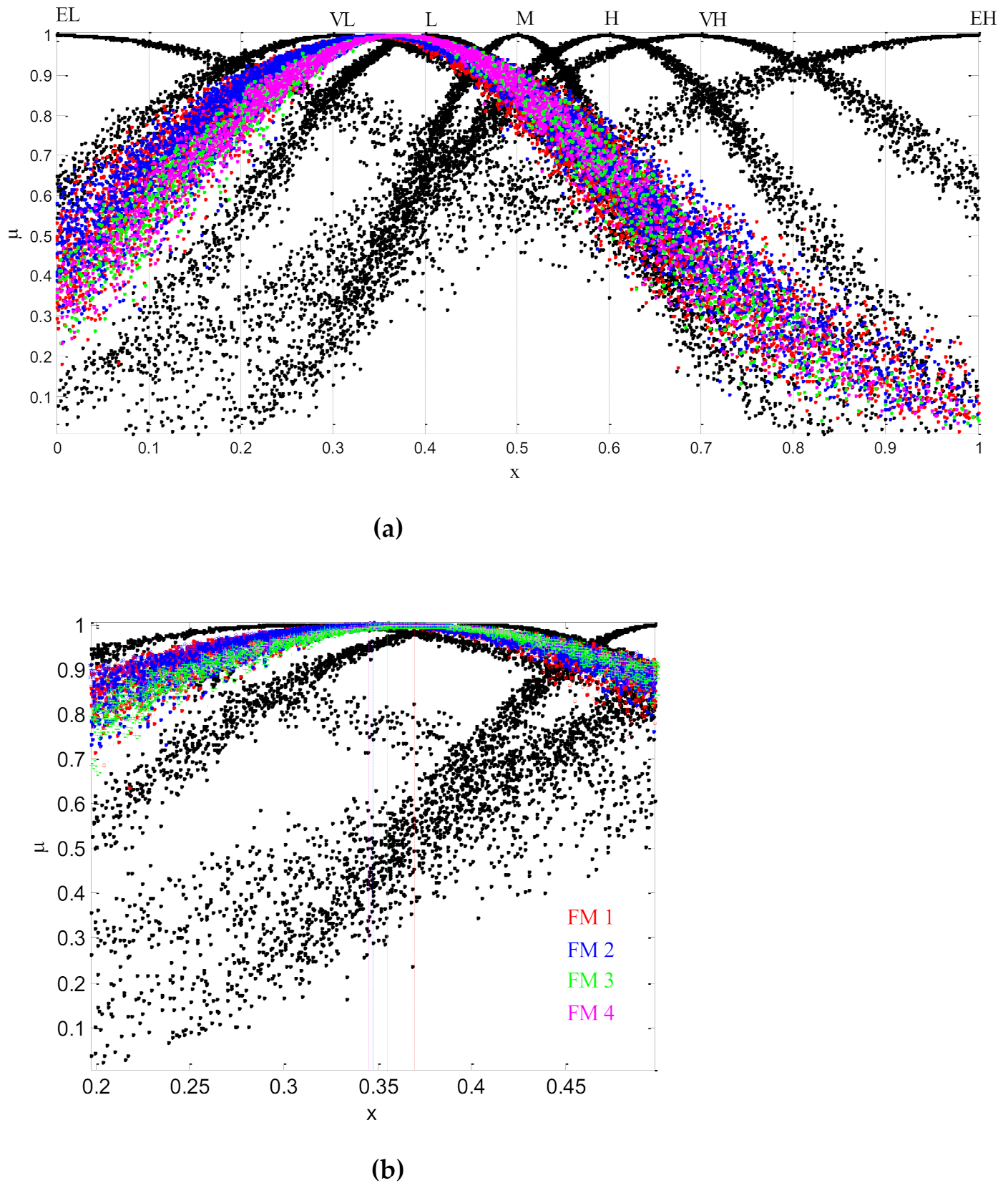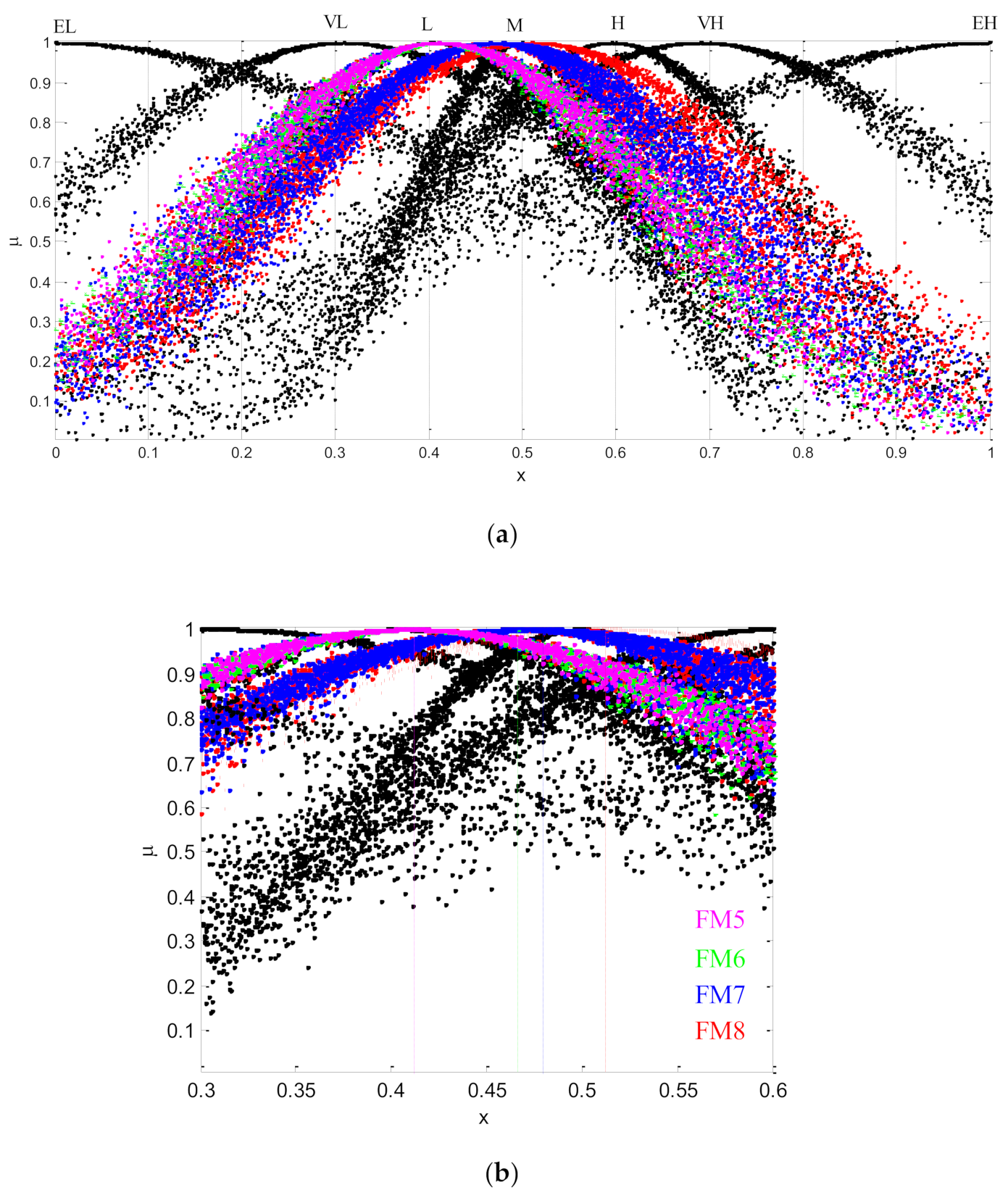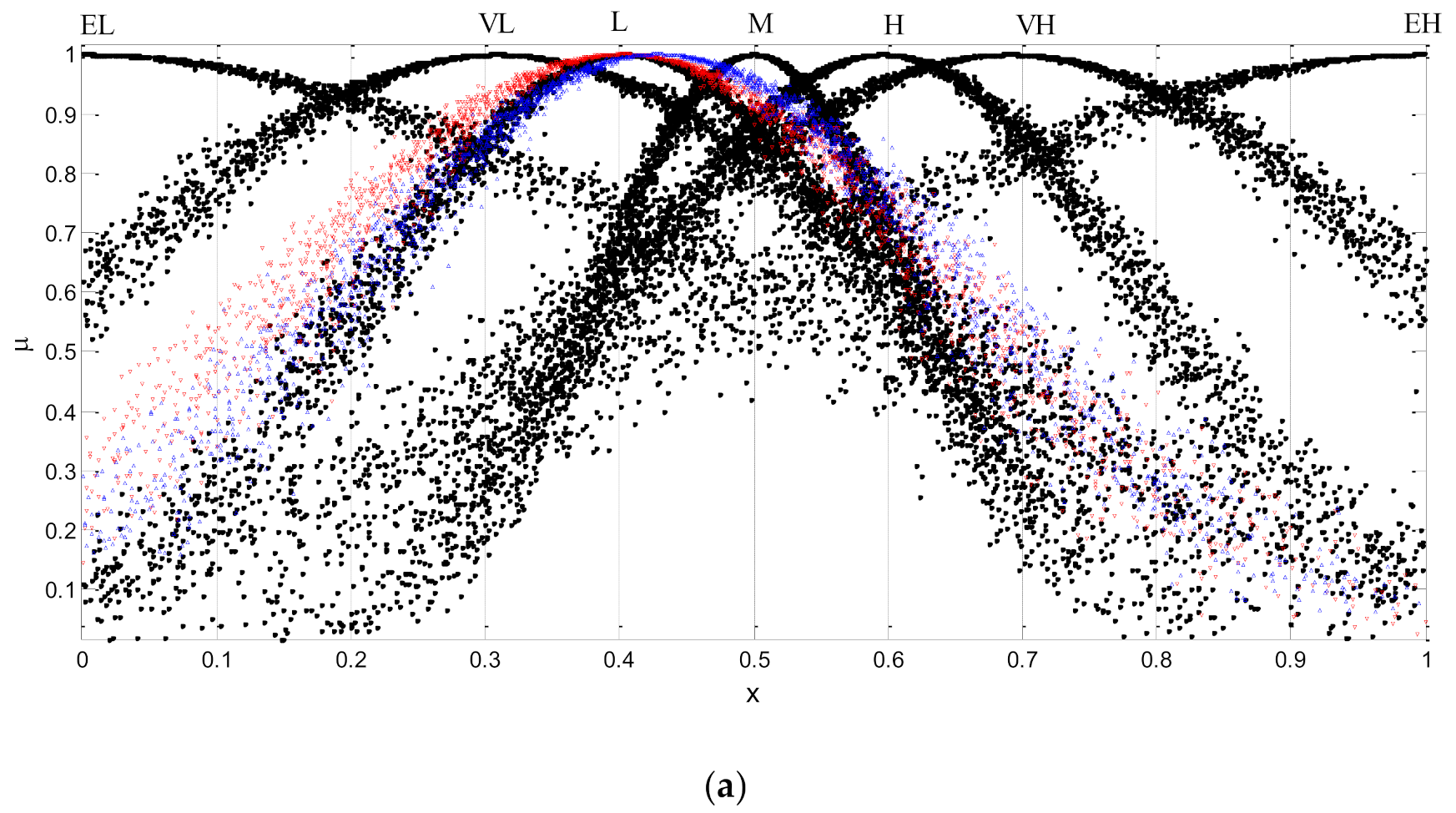1. Introduction
Thanks to the rapid development of e-commerce, the express delivery service industry has witnessed a rapid growth in China. According to the statistics of the State Post Bureau of China, the total volume of package delivered exceeded 83 billion in 2020, representing a 30% increase over the previous year. The annual per capita volume of packages sent or received reached 59 items, representing a growth rate of 31%. Meanwhile, the revenue of this industry reached about
$135 billion, representing a 16.7% increase over the previous year. Nevertheless, the unprecedented growth is accompanied with frequent service failure (SF), such as sluggish websites, payment problems, privacy security, lost packages, delayed delivery, damaged products, and rough sorting and handling. In 2020, a total of 188,326 customer complaints involving express service were formally filed with State Post Bureau of China alone; the complaints received by local government and express delivery companies were not included. The finding by Dospinescu et al. [
1] indicates that express delivery option has significant influence on e-commerce customer’s satisfaction level. It is thus clear that frequent service failure not only leads to losses of business and damaged reputation for e-commerce and express delivery companies but also causes the emotional anxiety of customers and negatively affects their satisfaction which then leads to negative Word of Mouth (WOM) as well as complaints and change of repurchase behavior. Holloway et al. [
2] adopted the Critical Incident Technique (CIT) to analyze the online retail service faults and indicated that the main types of service faults are delivery problems, website design problems, payment problems, security problems, product quality problems, and customer service problems. Forbes et al. [
3] also carried out CIT analysis on e-commerce service failures, which involve product packaging errors, slow delivery, system checkout errors, missing information, and website design errors. Compared to other intangible service quality factors by using both exploratory and confirmatory factor analysis, Subramanian et al. [
4] pointed out that to be competitive, e-retailers in China must pay increasing attention to the express delivery service from third-party logistics companies. Zemke et al. [
5] collected information from online shoppers and concluded that the SF modes related to express delivery service include delayed delivery, extra transportation costs for the punctual arrival, incomplete delivery of orders, and damaged objects.
As shown above, early research mainly focuses on relatively narrow segments in analyzing the sources of service failures, types of service failures, remedial measures, and so on. More recently, Chen et al. [
6,
7] studied the influence of causal attributions on trust conflicts and the service failure recovery policies in e-commerce. Kim et al. [
8] investigated consumer-perceived attribution of service failures and its influence on negative emotions and post-purchase activities in social commerce. The finding by Vakeel et al. [
9] shows that there is a three-way interaction among deal proneness, locus of attribution, and past emotions; compared with external locus of attribution in the context of online flash sales (OFS), service failures attributed to internal locus of attribution also have a negative impact on reparticipation. Saini et al. [
10] also presented a novel contextual scale to measure OFS e-commerce service failures and studied its impact on recovery-induced justice on customer’s loyalty. As such, the recent research diverts attention on service failure attributions based on customer-perception, the relationship of service failure and recovery policy, and customer emotion or post-purchase behaviors.
However, there has been lack of research on occurrence (O), severity (S), and detection (D) of service failures and their risk priority number (RPN), which is related to the determination of recovery strategies in e-commerce. In addition, express service failures are often neglected or overlooked. It should be noted that express delivery service is a complex and special multi-link and multi-participator activity process that crosses organizations, regions, and even borders, so it plays a prominent role in the success of electronic transactions. In this regard, express delivery service failure (EDSF) is a critical issue that should be mitigated by scientific and viable methods. As a result, this research aims to identify the EDSF modes and evaluate their risk levels in a comprehensive way, as well as reveal the importance of individual service failure modes in the different operational stages of express delivery process. The work will help express delivery companies to develop the proper service remedial measures, reduce waste of resources, lower the operation risks, and improve customer satisfaction.
To bridge the above research gaps, this paper attempts to answer the following research problems: (1) what are the critical modes of EDSF and where are they located in express delivery process? (2) under the context of randomness and fuzziness of semantic assessment information, how can the risk of EDSF be more effectively evaluated? (3) how serious are the risk factors, namely occurrence (O), severity (S), and detection (D) of different modes of EDSF?
As such, the objective of this study is to address the above research problems by presenting a systematic quantitative approach to investigate the risk assessment issue for EDSF. Specifically, we present an improved Failure Mode and Effects Analysis (FMEA) approach based on integrating the uncertainty reasoning cloud model and the TOPSIS method. The cloud model for uncertainty reasoning is adopted to quantify the semantic evaluation of the occurrence (O), severity (S), and detection (D) risk factors of EDSF and set up the comprehensive cloud of risk assessment for EDSF. Finally, the Technique for Order Preference by Similarity to Ideal Solution (TOPSIS) method is adopted to calculate and rank the relative closeness coefficient of express delivery service failure modes. Compared with the existing multi-criteria decision making (MCDM) techniques, the proposed decision scheme in this paper is unique by constructing decision matrices of expectation , entropy and hyper entropy in the cloud model. Therefore, it not only describes the randomness and fuzziness in uncertain information but also gives the comprehensive closeness coefficient by TOPSIS, which makes the decision results more comprehensive and reasonable. In this way, it contributes to the theoretical basis for the risk detection ability of EDSF.
The remainder of this paper is arranged as follows.
Section 2 provides a brief literature review.
Section 3 proposes the research methodology, including the verification of express delivery service failure modes, construction of semantic evaluation of express delivery service failure, and quantitative transformation of evaluation variables based on cloud model, determination of the weight of FMEA risk factors, and calculation of risk assessment comprehensive cloud and rank the risk of express delivery service failure.
Section 4 presents an empirical study for the express delivery industry in China based on the proposed methodology. In addition, the results are analyzed, and management implications are discussed. Finally, in
Section 5, major findings and contributions of this study are summarized, and future research directions are pointed out.
3. Research Methodology
To address the research gap, we propose an improved FMEA approach by integrating the uncertainty reasoning cloud model and the TOPSIS method to investigate the risk assessment of EDSF. The cloud model developed by Li et al. [
54] employs the basic principles of probability theory and fuzzy set theory to form the mutual transformation between qualitative linguistic variable and quantitative value through specific algorithms, and thus high-quality uncertainty can be obtained. In addition, the cloud model converts the quantitative random number into interval number, which decreases the information loss in the transformation process and will be convenient for decision-making evaluation. In this paper, the cloud model is selected to achieve the transformation between the qualitative semantic evaluation of the occurrence (O), severity (S), and detection (D) risk factors and the quantitative evaluation. Meanwhile, the TOPSIS model is used for obtaining the relative proximities between an evaluation objective and its optimal scheme and worst scheme, respectively, and it has no tight restrictions on the data distribution and sample size. Thus, it is adopted to calculate and rank the relative closeness coefficients of EDSF modes. It is believed that the proposed approach can more objectively assess the risk degree of EDSF for empirical studies. The framework of methodology consists of multiple steps, which are briefly described as below in
Figure 1:
Step 1: The semantic evaluation of express delivery service failure is constructed to measure risk assessment indicator of EDSF based on the FMEA. Then the key process mainly realizes transformation between the qualitative FMEA semantic evaluation and the quantitative cloud model.
Step 2: The entropy weight method is used to calculate the weight of risk factors of EDSF, so that the cloud matrix of the risk assessment of express delivery service failure is established.
Step 3: According to the comprehensive digital characteristics of the cloud model, the risk assessment comprehensive cloud of express delivery service failure modes is determined.
Step 4: Based on the TOPSIS method, Hamming distance and closeness degree of positive ideal solution and negative ideal solution of the comprehensive cloud for risk assessment are calculated and ranked.
3.1. Cloud Model for Uncertainty Reasoning
“Cloud model”, first proposed by Li et al. [
54,
55], is a methodology that studies fuzziness and randomness as well as their correlation and constitutes the mapping relationship between qualitative linguistic indicators and quantitative values. Cloud model is not only competent for the modeling and calculation of imprecise, fuzzy, and incomplete information but also has unique advantages in dealing with random information. It has thus become a new uncertain information processing theory with high research popularity in many fields [
56,
57,
58,
59]. It has been recognized that the cloud model possesses the capability of the semantic conversion between quantitative and qualitative and increasing the accuracy of risk assessment.
In the cloud model [
60],
is a qualitative linguistic variable defined on
, which represents the universe of discourse. Cloud refers to the distribution of the mapping of concept
from
to the interval
in the numerical domain space.
represents a cloud droplet and the distribution of
over
is a cloud. The cloud model is a normal cloud constructed by expectation
, entropy
and hyper entropy
, which can be denoted as
. Expectation
is the point that makes the most contribution when describing qualitative concepts and represents the expectation of the spatial distribution of cloud droplets. Entropy
describes the uncertainty degree of qualitative concept, which is determined by both the randomness and fuzziness. The larger the entropy is, the larger the cloud granularity will be (where cloud granularity reflects the degree of dispersion of cloud droplets). Hyper entropy
refers to the index changing under the random state, which represents the uncertainty of entropy. The higher the hyper entropy, the thicker the cloud (where cloud thickness reflects the dispersion of cloud), then the greater the randomness of membership degree of
belonging to
U. Membership can be calculated from the definition of cloud model and its numerical value:
, which satisfies
,
, and the certainty degree of
belonging to concept
C. The distribution of
over U is a normal cloud.
Figure 2 shows the numerical characteristic cloud of the cloud model. In the figure,
.
3.2. FMEA Risk Assessment Indicators for Express Delivery Service
3.2.1. Semantic Evaluation of FMEA Risk Assessment Indicators
For the risk assessment of EDSF, in accordance with professional knowledge of expert team, cloud quantitative evaluation can be conducted to measure the occurrence (O), severity (S) and detection (D) of the FMEA model. This study used 7-point Likert scale, including extremely low, very low, low, moderate, high, very high, extremely high, respectively. The semantic evaluation of FMEA assessment indicators is shown in
Table 1.
3.2.2. Quantitative Evaluation of FMEA Risk Assessment Indicators
In the risk assessment of express delivery service failure modes, linguistic variables as shown in
Table 1 are used for expert assessment. Numerical domain
is determined by experts. The mapping relationship between the qualitative language variables and the cloud model is established by the Golden Section, also known as the Golden Ratio, in which a line segment is divided into two parts so that the ratio of one part to the whole length is equal to the ratio of the other part to this part. The ratio is an irrational number with an approximation value 0.618. In this paper,
,
and the corresponding semantic variables are selected as (extremely high, very high, high, moderate, low, very low, extremely low). If the moderate cloud is set as
, the t normal clouds are arranged from left to right in order and can be denoted as:
,
,
,
,
,
,
. Then the numerical characteristics of the 7 generated clouds are calculated as follows [
61],
The transformation between semantic variables of evaluation level and the benchmark cloud model is shown in
Table 2.
The benchmark cloud model levels is generated by the forward normal cloud generator, and the digital characteristics of the reference cloud of the evaluation level listed in
Table 2 are shown in
Figure 3.
3.3. Weight Determination of Risk Factor for EDSF
In this study, experts with managerial roles from receiving, transportation, customer service, quality, transit, and delivery departments in express delivery companies are invited to evaluate the risk factors in an electronic questionnaire survey, and then these semantic evaluation data are converted into quantitative values through three parameters of cloud model. Note that before the comprehensive expert survey, the risk factors need to be identified by working with a focus group of people and then finalized using a customer-oriented investigation.
Suppose that experts
use semantic evaluation variables to describe the occurrence O, severity S and detection D of express delivery service failure modes and quantify the semantic evaluation through three parameters of cloud model. Then the cloud quantitative evaluation values of service failure mode
from the
expert are as follows:
. The risk assessment cloud of risk factors O, S, and D is obtained by cloud synthesis of the evaluation values from
experts:
.
The cloud risk assessment matrix of EDSF under the risk factors of Occurrence O, Severity S, and Detection D is as follows:
On the above quantitative evaluation values of O, S, and D risk factors, the weights of risk factors for each express delivery service failure mode will affect the comprehensive risk assessment value of the individual failure modes. To avoid the subjectivity influence, this study adopts the entropy weight method to calculate the weight of risk factors. The basic steps of this method are as follows:
(1) Assuming that there are
evaluation indexes and
evaluation objects, the risk factor evaluation matrix is constructed as follows:
(2) The evaluation matrix is normalized:, is the value of the measurement object on the index , and .
(3) The entropy of the risk factor of EDSF is defined as:
where
,
. if
,
.
(4) The weight of risk factors for EDSF is:
3.4. Comprehensive Cloud of EDSF Risk Assessment
The comprehensive cloud is formed by the combination of two or more same clouds generated in the same theoretical domain. Qualitative variables are often assigned by comments of experts using language description. The digital characteristics of the comprehensive cloud generated by
n cloud models described semantically by experts are calculated as:
In Equation (7),
refer to the expectations,
refer to the entropies,
refer to the hyper entropies of the express delivery service FMEA, and
represent the weights obtained from Equation (6). Suppose two clouds are
, then the Hamming distance (HMD) is:
The semantic evaluation value of the risk factors O, S, and D by the expert group is expressed by a basic cloud. Considering the weight of risk factors, the digital characteristics of the comprehensive cloud assessment of the EDSF risks are calculated as follows:
where
,
, and
represent the weights of occurrence (O), severity (S), and detection (D) risk factors in the
ith failure mode, respectively.
3.5. Risk Ranking for EDSF Based on TOPSIS
To sort failure modes, TOPSIS method is adopted. Often combined with fuzzy theory, it is a method used in multi-objective decision analysis for various applications [
62,
63,
64,
65]. The risk ranking of the failure modes is determined by relative closeness coefficient (
). The specific steps are as follows [
66]:
Step 1: Determine the weights of the risk factors of the target attributes according to Equations (4)–(6). Then take the weights into the risk assessment cloud matrix B to obtain the weighted cloud matrix
.
Step 2: Establish the risk assessment cloud matrix and determine the cloud positive ideal solution (CPIS) and the cloud negative ideal solution (CNIS). The CPIS is the cloud with the least risk, while the CNIS is the cloud with the greatest risk [
67]. For the efficiency-oriented index
, the CPIS selects the cloud with the greatest risk, while the CNIS selects the cloud with the least risk. For the cost-oriented index
, the CPIS is represented by:
the CNIS is represented by:
where max
represents the
that maximizes
, and if the
values are the same, select the
that leads to the lowest
and
;
represents the
that minimize
, and if the
values are the same, select the
that leads to the lowest
and
.
Step 3: Calculate the distance between the comprehensive cloud risk assessment according to Equation (9) and the cloud positive and negative ideal solution according to Equations (11) and (12). The distance to the cloud positive ideal solution is
The distance to the cloud negative ideal solution is
Step 4: Calculate relative closeness coefficient (
) for EDSF to determine the risk ranking:

